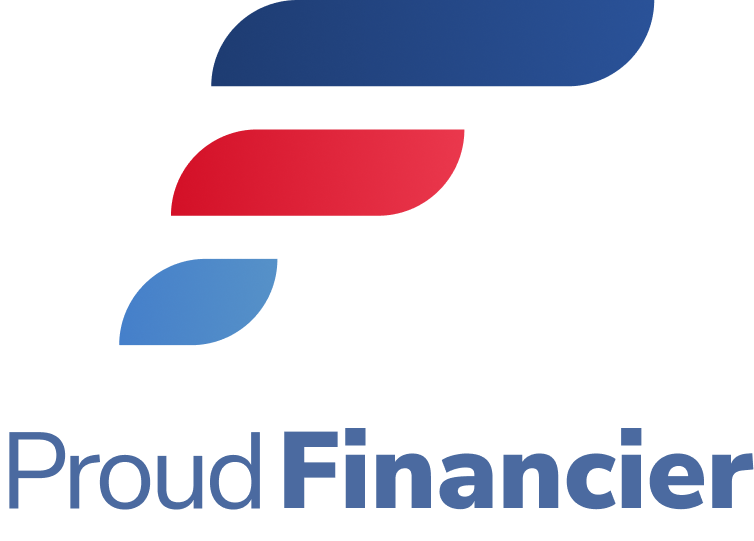
Credit Unions vs Banks: Key Differences and Benefits
Are you curious about the differences between credit unions vs banks? Both of them offer a variety of services and products. However, their benefits and structure vary significantly.
Banks, such as national ones insured by the Federal Deposit Insurance Corporation (FDIC), operate as a non profit structure. On the other hand, credit unions operate as member owned cooperatives. These are typically insured by the National Credit Union Administration (NCUA).
Lower interest rates on loans and higher interest rates on savings and certificates on deposits are the main benefits for Credit union members. When it comes to banks, the benefits are a wider range of services and products. These can include advanced mobile banking products and services and credit cards.
Another field where these two differ is customer service. Banks offer more extensive resources, whilst unions provide more personalized support for their members.
In this article, we go into a more detailed analysis of the core differences between banks and credit unions and help you choose the right institution and financial service for your needs.
Credit Unions vs Banks: What’s the Difference?
Banks
Commercial banks, also known as retail banks, can be owned by investors or privately held. These banks operate with the goal of making a profit. Opening an account with a bank is accessible to anyone, unlike credit unions, which have specific membership criteria.
As of December 31, 2023, there were 4,026 FDIC-insured commercial banks holding approximately $22.5 trillion in assets. Commercial banks are of various sizes. They go from small community banks to large regional and national banks.
Their offer of financial products and services is immense. You can choose from individual to business accounts, various kinds of loans, auto loans, personal loans, mortgages, etc.
Moreover, they offer many investment options, such as IRA, CDs, and money market accounts.
Banks are financial institutions that are required to pay federal income tax on the profits they earn.
This means that a portion of their earnings goes towards taxes, reducing the overall amount of money they can retain for operations, investments, and other expenses. In contrast, credit unions are not subject to federal income tax on their earnings.
Credit Unions
A savings and credit union is an association of people who deposit their savings in a common fund and borrow from that fund at low interest rates.
It is a financial cooperative organized from a group whose members have a common bond of association, such as workers in the same factory, parishioners in the same church, or farmers in a community.
A savings and credit cooperative is more than a financial institution; it is a group of people who join together to improve their social and economic status.
The members of the cooperative demonstrate the practical value of mutual aid and the viability of caring and serving all individuals.
As a cooperative, a cooperative is a democratic, nonprofit organization.

The members invest a small sum called a “share” to be admitted; This operation allows them to own the cooperative and to elect a board of directors that defines the cooperative’s policies and can appoint a manager.
Also the members own and control the savings and credit cooperative; this is an essential characteristic of this institution.
The members have the ultimate authority over all decisions regarding policy and internal rules, but to carry out day-to-day decisions, they must delegate their authority. That’s why they elect a board of directors that can itself hire a manager.
Many treasurers of savings and credit cooperatives serve as managers part-time until it is financially possible to hire a full-time manager.
Objectives of the credit union
One of the goals of the credit union is to teach its members good economic principles, the regular practice of saving, and the prudent use of credit.
A fundamental doctrine is that through financial independence, people can govern their own destiny; prudent use of credit includes borrowing for productive purposes. Saving regularly is difficult in any economic system.
And cooperatives encourage their members to save a portion of their income, regardless of the amount.
Some cooperatives whose members are employees of a company use a system of automatic deduction from payroll.
In this case, the member authorizes his employer to deduct a certain amount from his salary, which is remitted directly to the cooperative and deposited into his savings account or used to repay loans.
Informing members can be done in a variety of ways and does not necessarily require a lot of money; a periodic newsletter can be an effective way to keep members up-to-date on interest rates, services offered, and meetings. Simple brochures, posters, leaflets, and seminars are all inexpensive methods of information.
Volunteers are the lifeblood of the cooperative and are the key element that distinguishes the cooperative from other financial institutions. Volunteers give generously of their time and energy to enable the cooperative to become an ideal place to borrow and save, making the cooperative
savings and credit movement are possible.
How to create a credit union
To establish a credit union, you first need a group of people with common financial needs. This group should preferably include enough potential members to financially support a cooperative; if the group is small, you can look for a cooperative that is willing to absorb a new group of members. Here are the usual steps to follow in organizing a cooperative:

- Contact the national or regional cooperative organization, which can provide information and help organize the cooperative. If no such organization exists, contact the World Council of Credit Unions, which will provide the nearest savings and credit organization; if there is a department or ministry in the government of the country that deals with cooperatives, contact that office to inquire about setting up a cooperative.
- At this point, form a study group that will teach potential members about the operation of cooperatives and the benefits and responsibilities of membership. Some national organizations help organize educational meetings for potential members. It is important to note that member education is an ongoing process that does not end with the formation of the cooperative.
- After several educational meetings on the benefits and responsibilities of a cooperative, the group decides whether its interest and commitment are sufficient to form a cooperative. The next step is to contact the government to find out the procedure to follow to register the cooperative.
- Once the cooperative is legally registered, the members elect the board of directors and appoint the members of the committees.
- In the early stages of development, an employer, a church, or a community organization may provide free premises for the cooperative. In their early days, many cooperatives used the homes of members or even the seat of a car as their first office.
A global network of credit unions
Credit unions are part of a global network that ensures their mutual support.
This network is based on the members, and includes local banks, chapters (sections), leagues, associations or federations, and finally, the World Council.
A confederation is an association that groups national or regional organizations of savings and credit cooperatives and that responds globally to the needs of cooperatives.
Such confederations include: The Association of Savings and Credit Cooperatives of Africa (ACECA), the Confederation of Savings and Credit Cooperatives of Asia (ACCU), and the National Association of Savings and Credit Cooperatives of the United States (CUNA).
The World Council of Savings and Credit Cooperatives (WOCCU) is the international organization of cooperatives.
The World Council helps its members to set up and consolidate cooperatives throughout the world, through technical and financial assistance, communication exchanges and relations between members and with the outside world.
Credit unions vs banks: What to consider when choosing
The choice between a credit union and a bank includes some tradeoffs on technology, interest rates and tools, branches and ATMs.
When it comes to interest rates, credit unions, on average, aim to give higher rates on deposit and lower rates on loans, regarding tools and technology banks offer top-notch technologies and tools as well as higher than average interest rates.
Most national banks have many ATMs and branches. Credit unions may be part of networks like Allpoint and have shared branches. If you prefer in-person service, choose a bank or credit union with local branches. If you only need to withdraw or deposit cash often, make sure there are fee-free ATMs nearby.
When choosing between the two, you need to know that credit unions are non profits whilst banks are for-profit enterprises.
The former serve communities tied by a bond of association. It can be based on membership, location, employer,. Credit unions provide their members with financial products on the most favourable terms.
Also, you need to bear in mind that both credit unions vs banks may charge fees for their services and maintenance. These fees could be yearly or monthly. While there are financial institutions that have eliminated charges for overdrawing, for credit unions and banks, overdrafts can be pretty expensive. It can range from $30 to $35. Sometimes, it can be charged several times a day.
The post Credit Unions vs Banks: Key Differences and Benefits appeared first on FinanceBrokerage.

